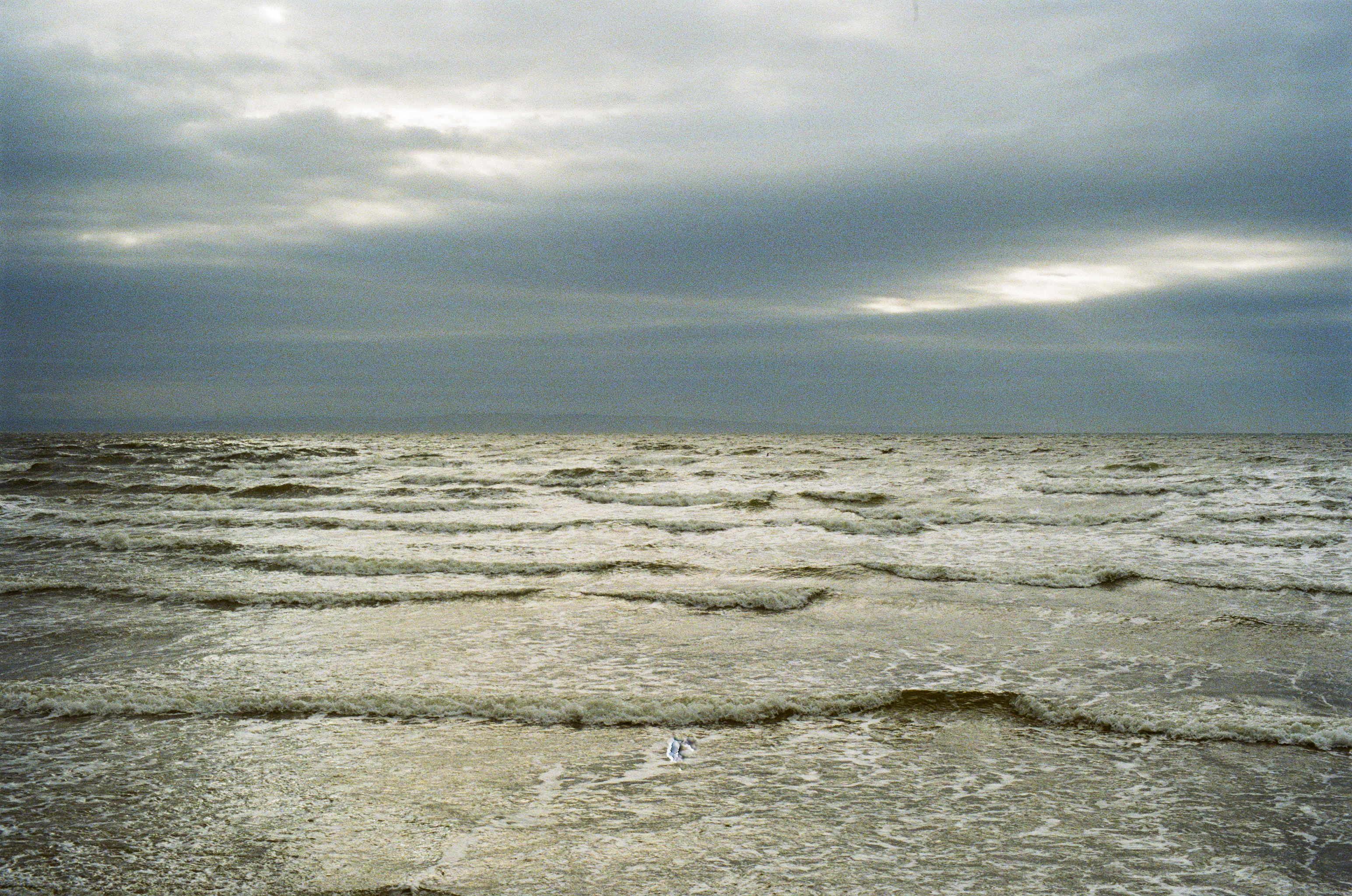Robert Henriques, Bearsted: A Biography of Marcus Samuel (New York: Viking Press, 1960), 161-260.
Henriques, Bearsted, 169-170. See also, Daniel Yergin, The Prize: The Epic Quest for Oil, Money, and Power (New York: Simon & Schuster, 1991), 114-118.
Henriques, Bearstead, 167.
Samuel’s nephew, Mark Abrahams, wrote, “it seems to be impossible to bore in the wrong places as it is oozing out of the ground in a great many places…’” His biographer, Henriques, also remarked that, “He had also been shown the eerie phenomenon of the gas outcrop which had made the place feared and revered by the natives. ‘It is burning,’ wrote Abrahams, ‘and you may hear the gas coming out of the ground, it had been raining very hard, and the fire was burning very dimly, so that you cannot distinguish it very distinctly but it is there all the same.’” Bearstead, 169-170. See also, F.C. Gerretson, History of the Royal Dutch vol. II (Leiden: Brill, 1955), 165-166.
They may be found instead in the anthropological and ethnological work of anthropologists in the East Indies in the early twentieth century. Reconstructing petroleum cosmologies of indigenous Bornean’s may require a reading through the anthropology and a triangulation between geological and ethnological literature.
Ian Cox, ed. The Scallop: Studies of a Shell and its Influences on Mankind (UK: The Shell Transport and Trading Company, 1957), 41.
Cox, The Scallop, 41.
Cox, The Scallop, 96.
John Tresch, “Cosmologies Materialized: History of Science and History of Ideas,” in Rethinking Modern European Intellectual History (Oxford, Oxford University Press, 2014),153-172.
Marcus Samuel, “Liquid Fuel,” Journal of the Society for Arts 47, 2417 (1899): 387.
